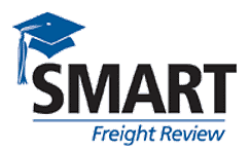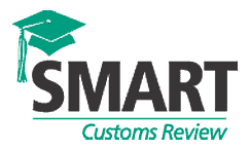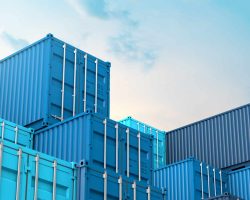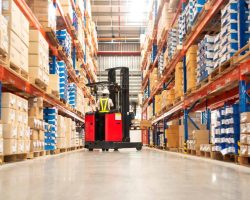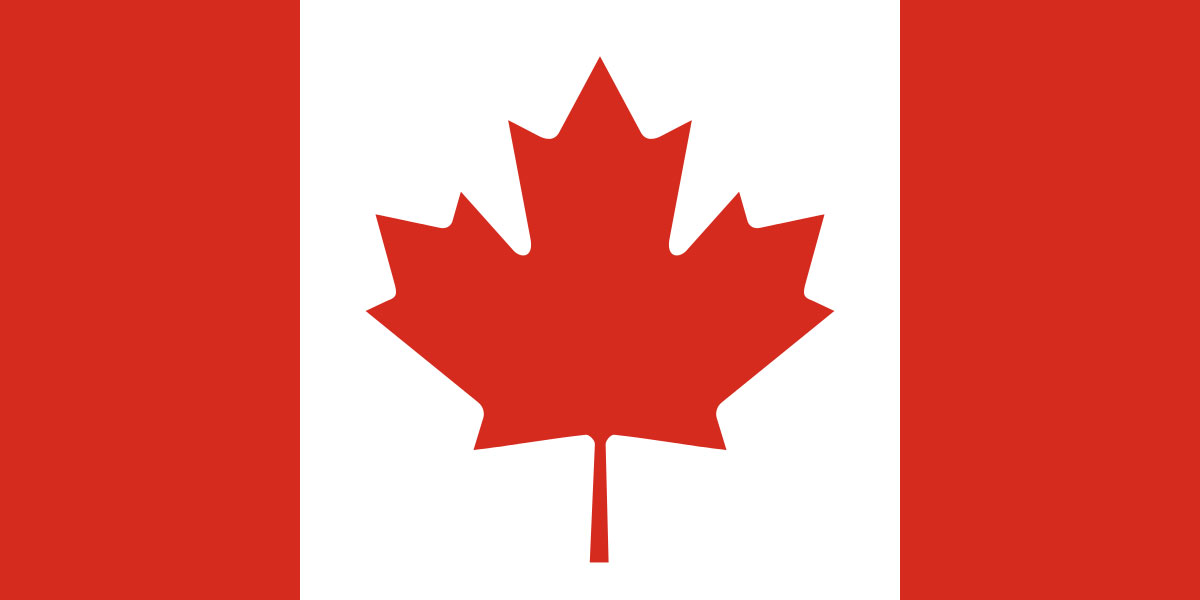
Canadian Bill S211, “An Act to enact the Fighting Against Forced Labour and Child Labour in Supply Chains Act and to amend the Customs Tariff “, received Royal Assent on May 11, 2023 and came into effect January 1, 2024.
The act requires certain companies (“Entities”) to submit annual reports, on or before May 31 each year, outlining steps taken during it’s previous financial year to prevent and reduce the risk that forced labour or child labour is used by them or in their supply chains.
What entities are covered under the Act?
Entity means a corporation or a trust, partnership or other unincorporated organization that
- ( a ) is listed on a stock exchange in Canada;
- ( b ) has a place of business in Canada, does business in Canada or has assets in Canada and that, based on its consolidated financial statements, meets at least two of the following conditions for at least one of its two most recent financial years:
- ( i ) it has at least $20 million in assets,
- ( ii ) it has generated at least $40 million in revenue, and
- ( iii ) it employs an average of at least 250 employees; or
- ( c ) is prescribed by regulations.
What entities are required to file reports?
This Part applies to any entity that is:
- ( a ) producing, selling or distributing goods in Canada or elsewhere;
- ( b ) importing into Canada goods produced outside Canada; or
- ( c ) controlling an entity engaged in any activity described in paragraph ( a ) or ( b ).
What must be included in the report?
The report must also include the following information in respect of each entity subject to the report:
- ( a ) its structure, activities and supply chains;
- ( b ) its policies and its due diligence processes in relation to forced labour and child labour;
- ( c ) the parts of its business and supply chains that carry a risk of forced labour or child labour being used and the steps it has taken to assess and manage that risk;
- ( d ) any measures taken to remediate any forced labour or child labour;
- ( e ) any measures taken to remediate the loss of income to the most vulnerable families that results from any measure taken to eliminate the use of forced labour or child labour in its activities and supply chains;
- ( f ) the training provided to employees on forced labour and child labour; and
- ( g ) how the entity assesses its effectiveness in ensuring that forced labour and child labour are not being used in its business and supply chains.
Reports will be made available to the public in two ways:
- In an electronic registry on Public Safety Canada’s website.
- In a prominent location on the reporting entity or government institution’s website.
For more information please refer to the Government of Canada– Public Safety and Bill S211 or contact Brian Rowe, Director – Customs Compliance & Regulatory Affairs.
